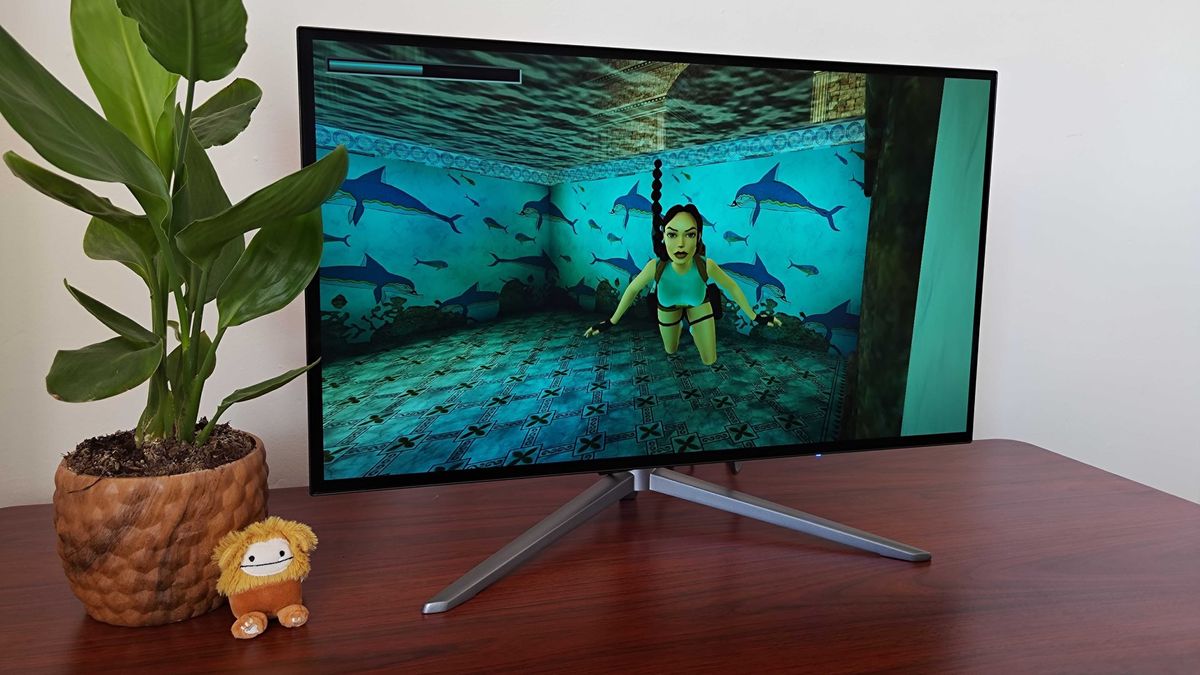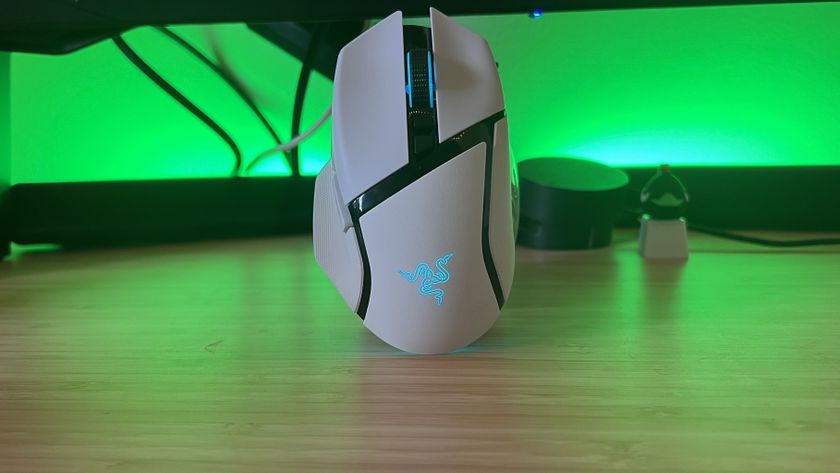12DOVE Verdict
The KTC G27P6 is proof that smaller brands can make exceptional screens, and its 27-inch OLED gaming monitor is fantastic value for money. Not only does it boast the same 240Hz LG panel as more expensive models by big companies, but extras like KVM abilities and even built-in speakers help this cheaper Amazon option stand out from the crowd.
Pros
- +
Excellent price
- +
Great LG OLED panel
- +
Speedy 240Hz refresh rate
- +
KVM abilities
- +
Plenty of ports
Cons
- -
Feels a bit too light
- -
HDR falls short
Why you can trust 12DOVE
Chances are I’ve probably scrolled past the KTC G27P6 on Amazon in the past, as I’ve got a bad habit of only sticking to known brands. Now that I’ve spent some time with the 27-inch OLED monitor, it’s safe to say I’m going to open my mind up to trying cheaper models, as this screen offers up the same performance and features as premium rivals. Better still, it goes out of its way to ensure it packs in great features alongside its 240Hz LG display, and I’m thoroughly impressed with the package overall.
Now, I’m not saying the KTC G27P6 is perfect, and I still keep laughing at the fact I almost thought the brand was “Kentucky Fried Chicken.” The acronym is actually short for “Key to Combat,” which is admittedly cheesy, but doesn’t hold it back in the best gaming monitor ring. Especially since it undercuts its competition with a $799 / $640 price tag that frequently has extra discounts applied, meaning it’s one to watch when annual sales like Black Friday roll around.
Even without the lure of money off coupons, I can’t get over how good this cheaper OLED monitor is. The experience at hand comes very close to one of my favorite screens from 2023, the Corsair Xeneon 27QHD240, which costs just under a grand. If I were to choose between the two today, I could honestly see myself going for the KTC G27P6, even if I do ultimately prefer Corsair’s approach to design.
Specs
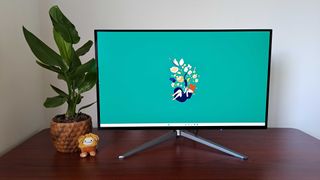
I’ve already naturally splurged a bunch of KTC G27P6 specs in the intro, but allow me to formally run over its traits. The screen I’ve been testing offers up 1440p 240Hz visuals by way of an LG panel, which also just so happens to boast a 0.03ms GtG response time and HDR10 support. If an overwhelming sense of techy Déjà vu just hit you in the face, it could be because you’ve also read my words on the Xeneon 27QHD240, or perhaps you caught my recent Dough Spectrum Black review.
| Price | $799 / $640 |
| Screen size | 27-inch |
| Screen type | OLED |
| Resolution | 2560 x 1440 |
| Refresh rate | 240Hz |
| Brightness | 1000 nits peak |
| Response time | 0.03 ms GtG |
| Viewing angle | 178° / 178° |
| Contrast ratio | 1,500,000:1 |
| Color support | 136% sRGB, 100% DCI-P3, 101% Adobe RGB, 96% NTSC |
| Inputs | 1x DisplayPort 1.4, 2x HDMI 2.0, 1x USB-C, USB 3.0 Type-B, 3.5 mm audio output |
| Weight | 22.6 lbs / 10.25kg |
In any case, all three of the above monitors appear to use the same OLED panel, even if each is then armed with its housing, firmware, and other qualities like Gorilla Glass. That latter perk is a Dough exclusive, but just like the Spectrum Black, KTC’s display also offers up KVM abilities and 65W Power Delivery via a USB-C hub.
There is one difference with the G27P6 in that it manages to squeeze a pair of built-in stereo speakers. I didn’t even realize this before hopping into a call after set up and hearing my colleague’s voices fly outwards towards me, saving me from using a headset. Not having integrated output isn’t a deal breaker, but even this basic 2×5W setup was a pleasant surprise.
Design
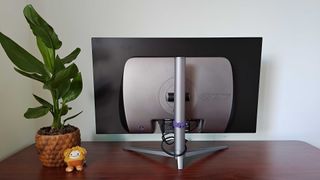
At a glance, the KTC G27P6 looks almost identical to the Xeneon 27QHD240, at least in regards to the screen itself. The plastic bezel measures in at the same width, and extra black masking adds a defined border around the perimeter of the display. That’s where the similarities end, however, as KTC takes a completely different approach to both the stand, chassis, and port placement.
I don’t hate the way the rest of the G27P6 looks and feels, but it does feel that bit cheaper than the Xeneon 27QHD240. The V-shaped stand is made of light aluminum, with a metallic powder coating serving to match it up with a silver hump at the back. Underneath that, you’ll find all the panel’s ports, and I’m quite sad that KTC didn’t take another leaf out of Corsair’s book by placing them straight on the back. Perhaps it’s personal preference, but I prefer connections to be easy to reach over trying to conceal them.


Okay, you know what time it is if you read my monitor reviews – this is the part where I moan about joystick OSD controls. Or, at least I was planning to vent, but in all honesty, KTC’s setup feels better than others I’ve used recently. The nub is sufficiently clicky and provides a nice sense of direction, with each shortcut press prompting an easy-to-navigate mini menu or adjustable settings bar. I reckon the fact it’s sitting on a curve at the back actually helps in terms of ergonomics, but perhaps there’s just a passable way to use joysticks for screen menus after all.
KTC has even made an effort in the RGB department with an illuminated logo at the back. I mean, it serves virtually no purpose unless the screen is visible from the rear, and the pole-style stand would stop it from being able to light up a wall even if it was bright enough. Still, I’m sure it’s something the younger players in your life would appreciate if given this OLED monitor, especially if they’re going for that whole multicolored vibe.
Features
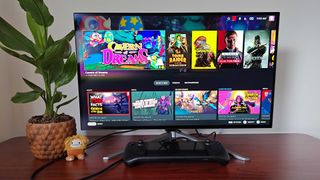
The main draw of the KTC G27P6 is found within its 1440p 240Hz abilities, which make it an ideal option for FPS fans looking for above-average refresh rates. However, its LG OLED panel also caters to players who appreciate elevated contrast and accurate colors. Blending the two benefits make for an experience that targets both competitive attributes and fidelity, and this model’s lower price means you can benefit from both without splashing out as much.
However, I do think some of the G27P6’s qualities put it in the running for best PS5 monitor too, even though it’s 1440p. If you’re looking for a screen to tie your entire setup together, the fact you can hook up a console to HDMI, sling your PC into DisplayPort, and then even keep a gaming handheld connected without a Steam Deck dock feels like a lot of bang for buck. The extra layer of KVM abilities make for an even tastier gaming ensemble, as just like with the Spectrum Black and Philips Evnia 42M2N8900, you’ll be able to swap all peripherals connected to the hub with a button press.
Circling back to the monitor’s stand, I’m frankly shocked that it features both height adjustment and pivot functionality. Not that those features aren’t commonplace with many screens, but I’ve used a fair share of cheaper displays that skimp out with a static approach. The display’s floaty light nature can make moving things around a pain, and I often find myself holding the screen with my other hand to prevent it from skating away on my desk. But that aside, I’m still impressed with KTC’s attention to ergonomics.
As for the software side of things, KTC’s OSD menu is simple to navigate while housing a bunch of helpful settings. Gaming gizmos like crosshairs are included, alongside typical picture settings and a bunch of OLED protective options. The latter collective of dials isn’t quite as comprehensive as something like the Spectrum Black, which came with things like a logo extraction algorithm, but you should still be able to avoid the perils of screen burn.
Performance

All the above means nothing if a monitor ends up looking naff, and I was slightly paranoid while testing the KTC G27P6. Simply put, I figured there had to be a catch when it comes to the visual difference between more expensive models and this cheaper alternative, whether firmware-related or a quirk with the way LG’s panel has been implemented. Try as I might, I wasn’t able to find any fundamental flaws with the visual experience at hand, at least when it comes to basic use.
Sticking to SDR, the G27P6 boasts all the vibrancy you’d expect from an OLED monitor, especially one that shares DNA with the Xeneon 27QHD240. While I sadly don’t have that display to hand for a side-by-side comparison, contrast feels on par with Corsair’s screen, with colors popping similarly with respectable accuracy.
Strolling the streets of Cyberpunk 2077’s Night City felt just as wonderful as with other 27-inch models with the same specs, and I once again found myself engrossed in the psychedelic puzzle shooter Children of the Sun thanks to the vivid nature of KTC’s panel choice. I even spent some time at my gaming desk playing Tomb Raider Remastered Trilogy on this monitor during my recent Ayaneo Mini PC AM02 review. I normally save Lara’s revamped outing for the living room, but I’m partially blaming the G27P6 for luring me away.



Sadly, I did discover a big pitfall with the G27P6, and it becomes apparent when you switch on HDR. While colors don’t look particularly awful or washed out, everything seems to feel a bit more muted compared to SDR, with brightness leaving a lot to be desired. I recall being pretty impressed with Corsair’s use of High Dynamic Range when testing its screen, so it’s safe to say that this drawback lies on KTC’s shoulders.
On to speed tests, and Halo Infinite is still my go-to shooter. Yes, I know, there are other gun romps out there, but running around as a Spartan will do for the time being. In multiplayer matches, swooping around maps felt nice and responsible, with that 240Hz pairing nicely with graphics cards like the Nvidia GeForce RTX 4080 Super. Throw in one of the best gaming mouse options with high polling and you’ve got yourself everything you need for competitive success, providing you don’t drive the Warthog off a cliff.
Should you buy the KTC G27P6?
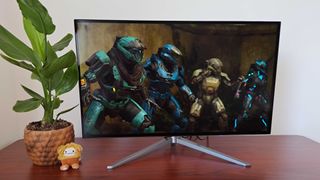
When you consider the price difference between the KTC G27P6 and its better-known competition, it becomes a fantastic value 1440p OLED monitor. Not only does it avoid skimping on features and abilities, but it also offers up performance that’s almost on par with screens that cost a grand.
HDR does let the side down a little if you prefer to play with it switched on, and the screen’s overall design feels slightly more budget than alternatives. Nevertheless, the core experience it provides is well worth its asking price, and you’ll end up paying a chunk less for largely the same specs as competitors. Put it this way, if I was on a budget, I’d be tempted to opt for KTC’s take on OLED over something similar with a familiar brand name attached.
How I tested the KTC G27P6
For two weeks, I used the KTC G27P6 as my main monitor for productivity and playing PC games. During that time, I used the screen to review the Ayaneo Mini PC AM02 while also diving into the likes of Cyberpunk 2077 and Halo Infinite to test the screen’s visual capabilities. I also used the display to play Children of the Sun in my spare time, keeping an eye on responsiveness while popping cultist heads with a sniper rifle.
For more information on how we test monitors, swing by our 12DOVE Hardware Policy for more information.
Looking for something bigger? Swing by the best ultrawide gaming monitors and best-curved monitors for large displays. Alternatively, take a peek at the best gaming TVs if you’d prefer something for your living room.

I’ve been messing around with PCs, video game consoles, and tech since before I could speak. Don’t get me wrong, I kickstarted my relationship with technology by jamming a Hot Wheels double-decker bus into my parent’s VCR, but we all have to start somewhere. I even somehow managed to become a walking, talking buyer’s guide at my teenage supermarket job, which helped me accept my career fate. So, rather than try to realise my musician dreams, or see out my University degree, I started running my own retro pop culture site and writing about video games and tech for the likes of TechRadar, The Daily Star, and the BBC before eventually ending up with a job covering graphics card shenanigans at PCGamesN. Now, I’m your friendly neighbourhood Hardware Editor at GamesRadar, and it’s my job to make sure you can kick butt in all your favourite games using the best gaming hardware, whether you’re a sucker for handhelds like the Steam Deck and Nintendo Switch or a hardcore gaming PC enthusiast.
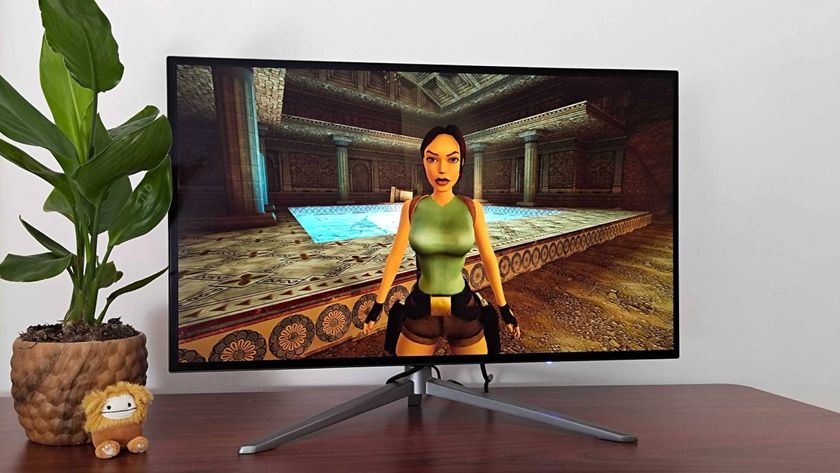
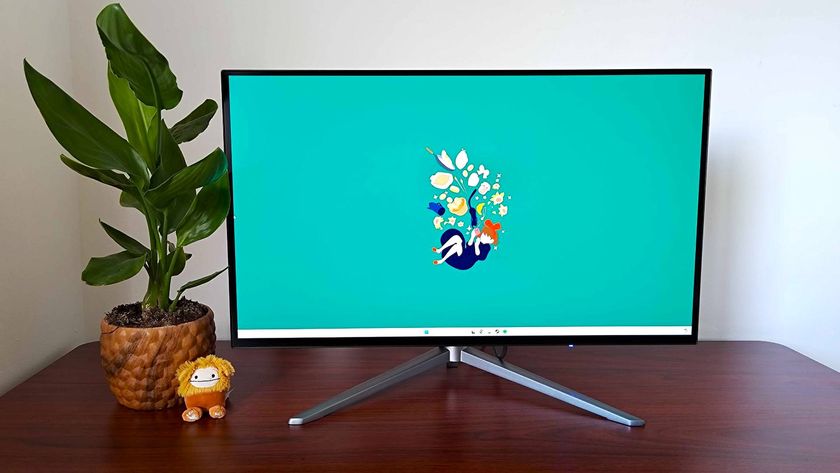
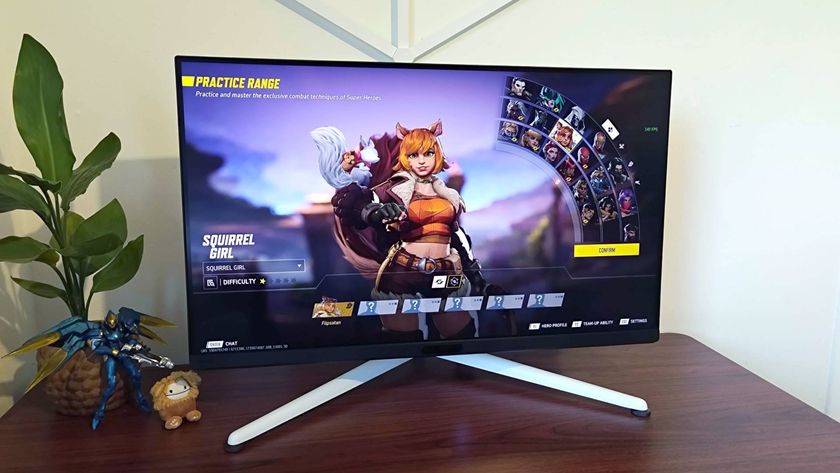
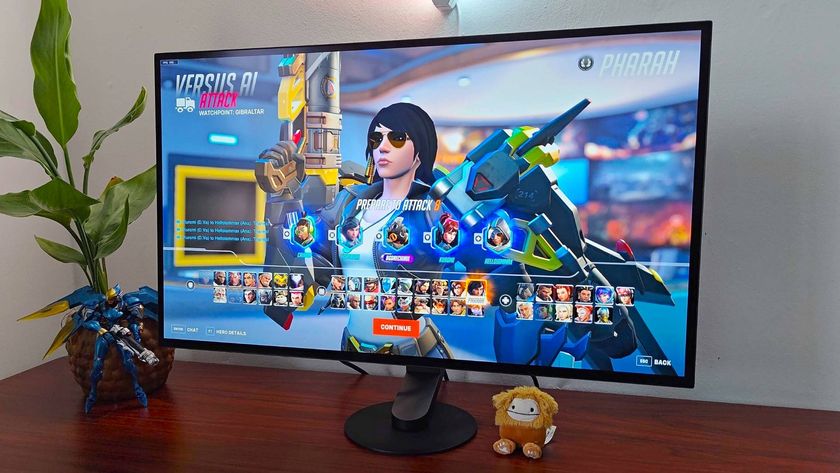

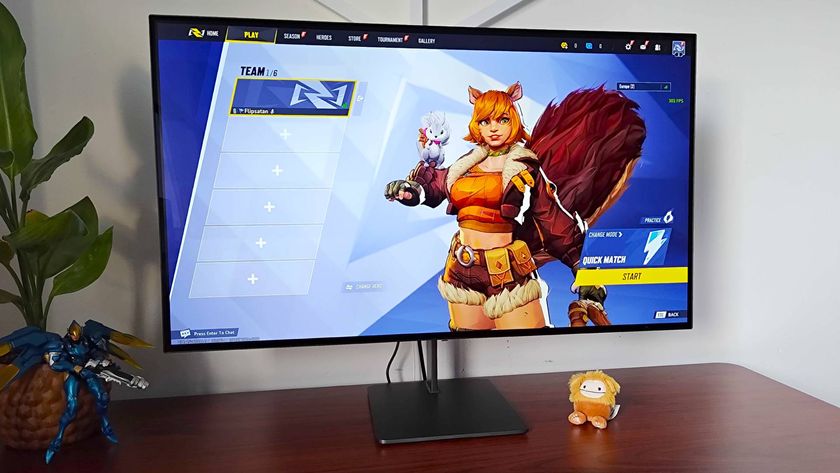
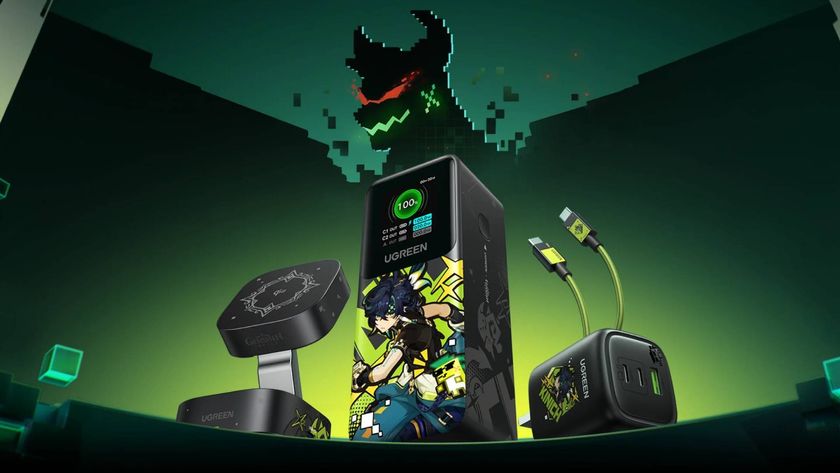
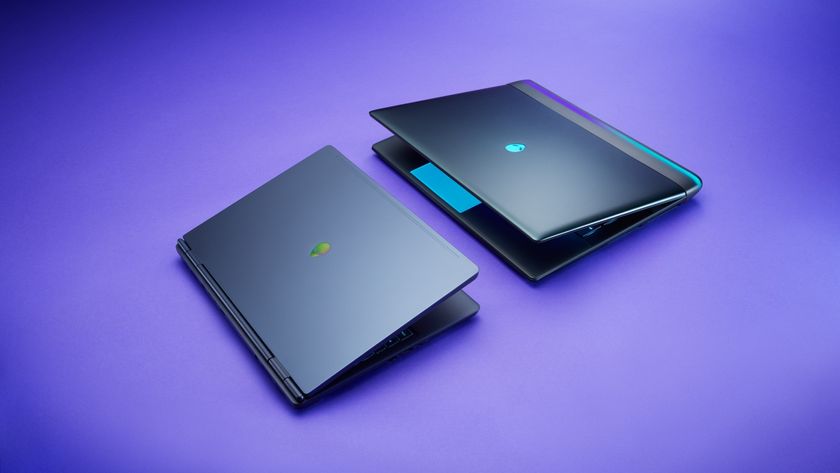
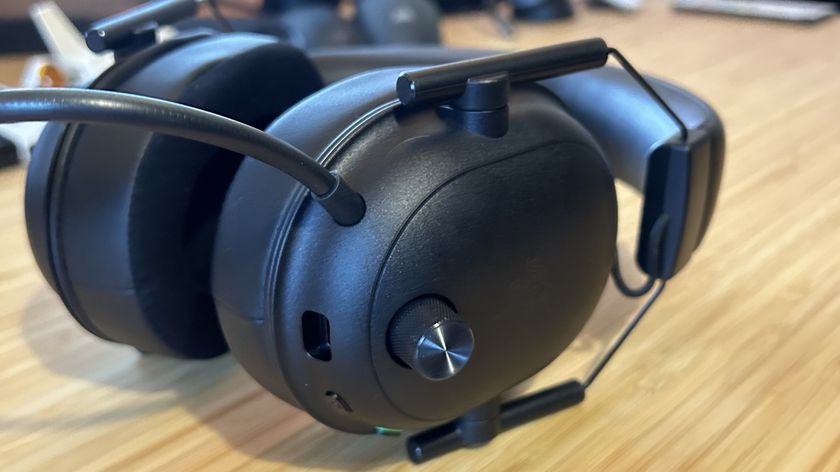
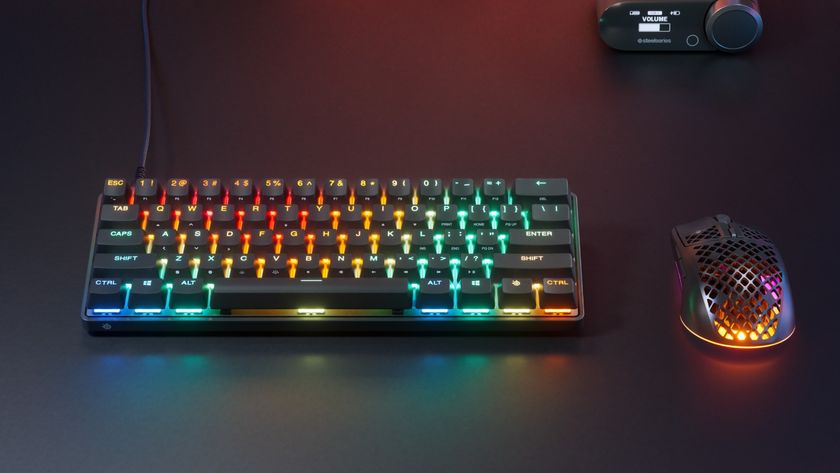

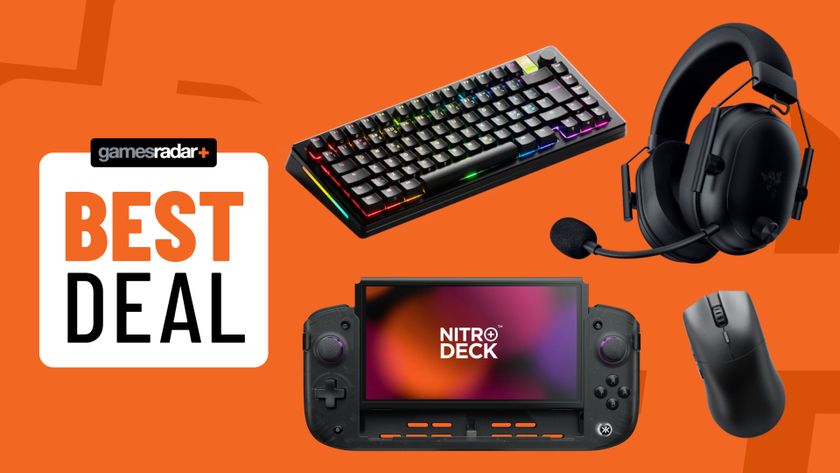





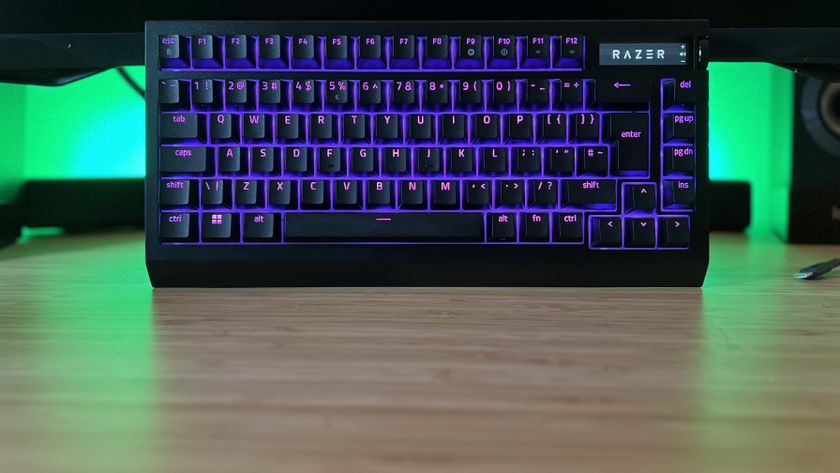

"Will today’s players still enjoy a game from 30 years ago?": JRPG icon Kei Shigema says he was thrilled to see Lunar getting a remaster even after all this time

The Last of Us season 2 showrunners tease a "gorgeous" episode akin to season 1’s Emmy-nominated Bill and Frank story: "Just you wait"
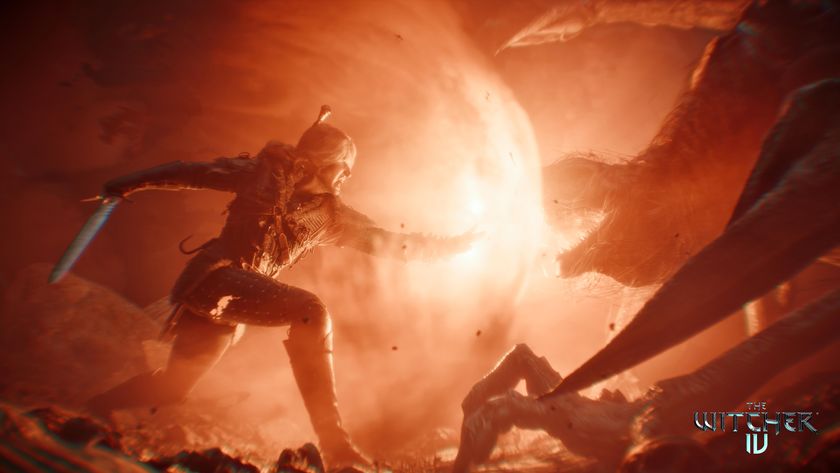
CD Projekt boss says "cutting-edge single-player games" – you know, like The Witcher 4 and Cyberpunk 2 – will "continue to enjoy great popularity" despite industry shifts
